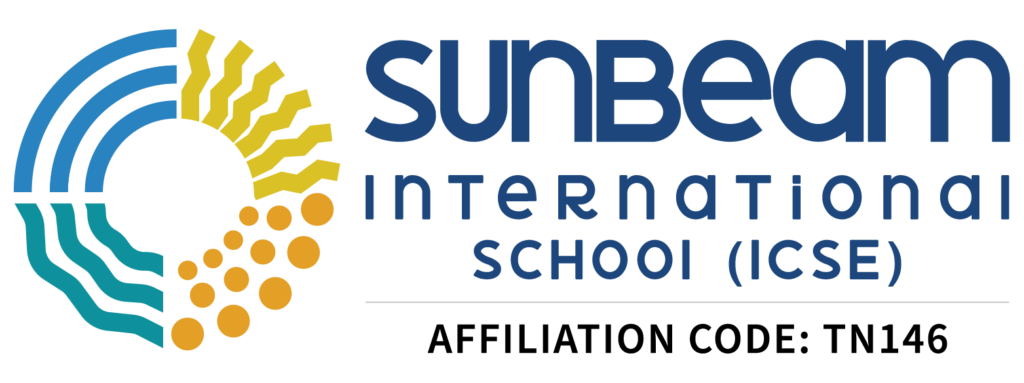
How to Develop Critical Thinking Skills in K-12 Students with These Strategies and Resources

Critical thinking skills are essential for K-12 students to succeed in the 21st century. They enable students to analyze, evaluate, and synthesize information from various sources, and use it to solve complex problems. But how can educators foster these skills in their classrooms?
One way is to adopt an inquiry-based learning approach. This means asking open-ended questions that spark students’ curiosity and encourage them to explore topics in depth. Inquiry-based learning helps students develop their own understanding of concepts and phenomena, rather than relying on memorization or rote learning.
Another way is to integrate critical thinking across the curriculum. This means exposing students to different subjects and disciplines that require them to apply their critical thinking skills in different contexts. For example, students can use critical thinking to conduct scientific experiments, interpret historical sources, or analyze literary texts.
To further enhance students’ critical thinking abilities, educators can use various tools and techniques, such as:
- Socratic questioning: This is a method of asking questions that challenge students to examine their assumptions, evidence, and reasoning. Socratic questioning helps students clarify their thoughts, identify gaps in their knowledge, and explore alternative viewpoints.

- Debates: This is a form of argumentation that requires students to research a topic, present their position, and respond to opposing arguments. Debates help students develop their communication, persuasion, and critical thinking skills.

- Problem-solving activities: These are tasks that require students to apply their knowledge and skills to find solutions to real-world problems. Problem-solving activities help students enhance their creativity, collaboration, and critical thinking skills.

Additionally, educators can leverage digital resources and interactive platforms to supplement their classroom instruction. These include:
- Simulations: These are computer-based models that mimic real-world situations or phenomena. Simulations allow students to experiment with different variables, observe the outcomes, and draw conclusions.

- Collaborative projects: These are assignments that require students to work together on a common goal, such as creating a presentation, a video, or a website. Collaborative projects help students develop their teamwork, communication, and critical thinking skills.

By implementing these strategies and resources, educators can help K-12 students develop critical thinking skills that will benefit them not only in their academic endeavors, but also in their future careers and lives.


